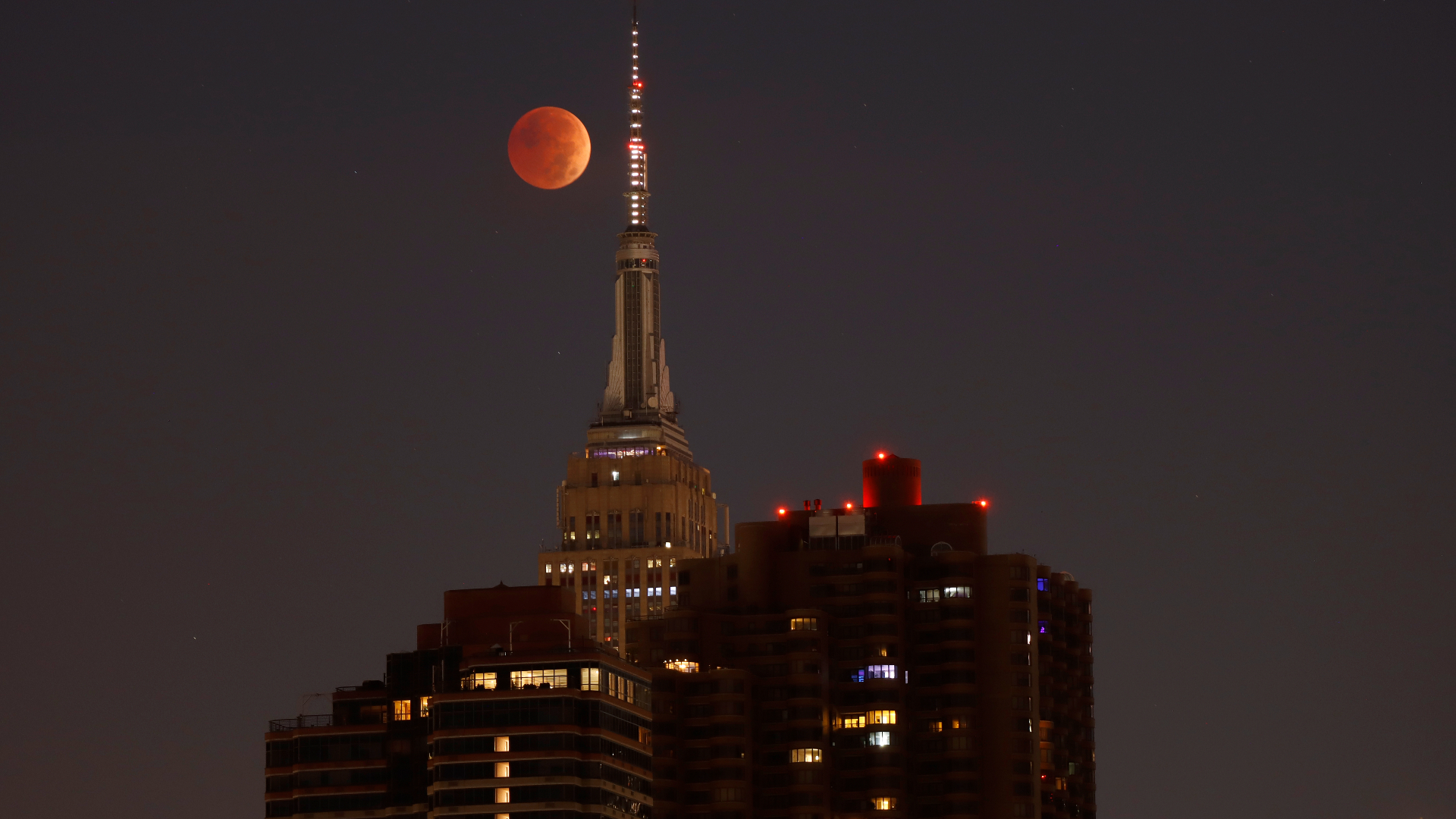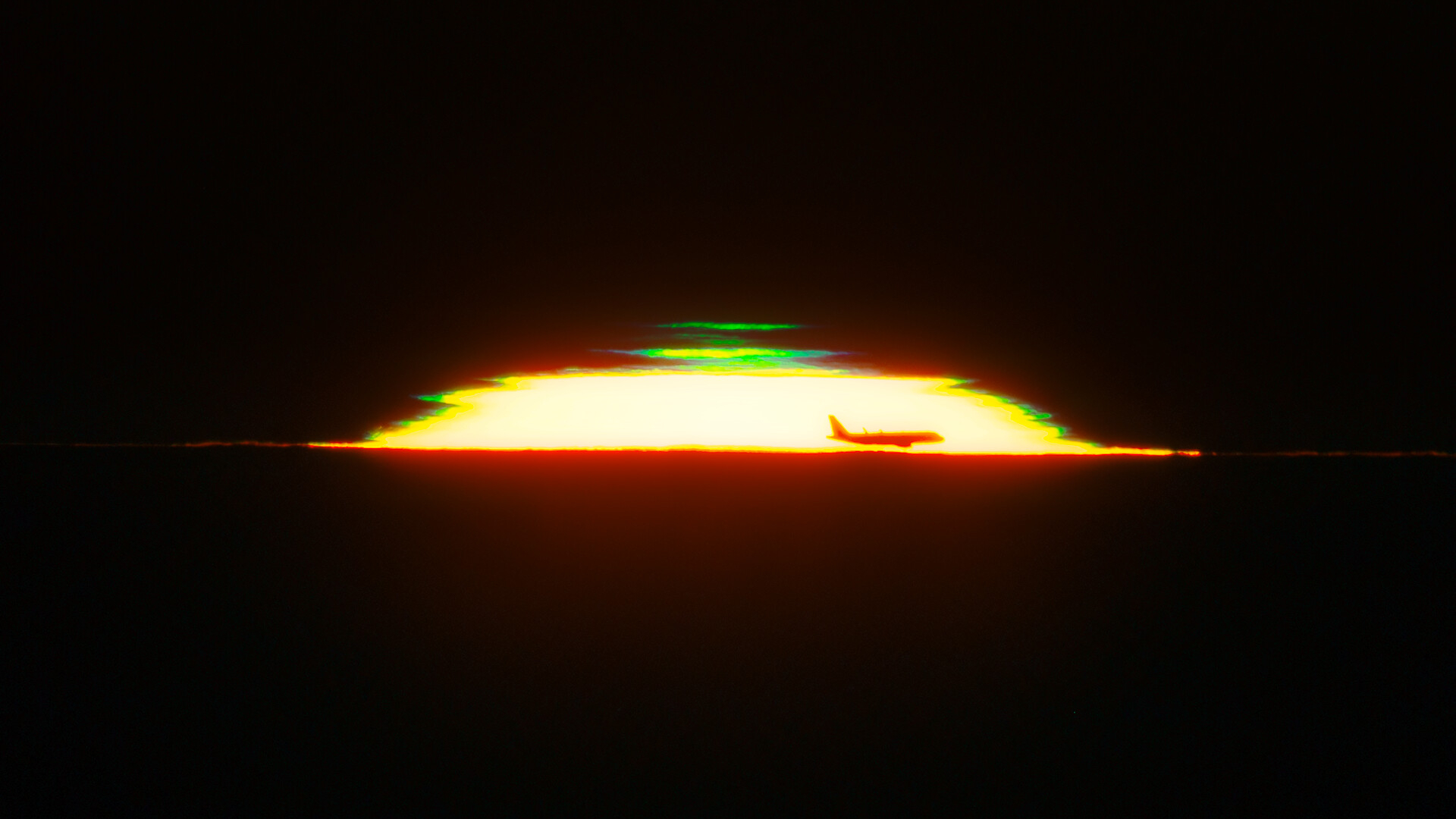Lunar eclipse calendar 2026: When and where to see the next lunar eclipse
The next lunar eclipse will be a total lunar eclipse on March 3, 2026.
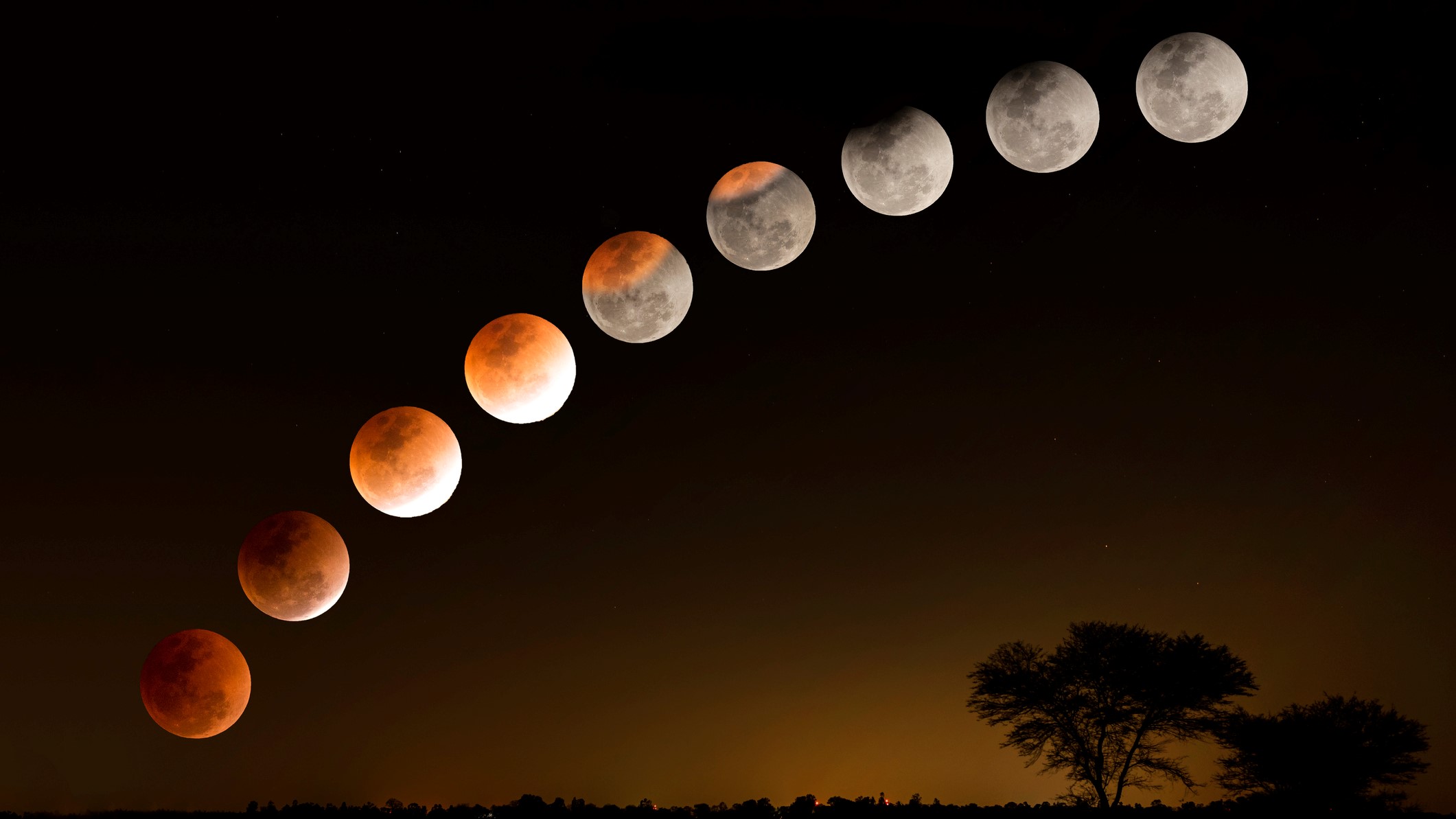
When is the next lunar eclipse?
The next lunar eclipse will be a total lunar eclipse on March 3, 2026.
It will be visible from start to finish across Western North America and Eastern Australia and New Zealand as well as Northern Japan. Glimpses of some phases will also be possible across North and South America, Australia, New Zealand, East Asia and the Pacific.
You can catch up with the latest lunar eclipse news and events with our lunar eclipse live blog.
A lunar eclipse occurs when Earth passes directly between the sun and the moon, casting its shadow across the lunar surface. During a total lunar eclipse, the moon takes on a deep red or coppery hue, often called a blood moon, and can be visible to millions of people worldwide.
Related: Solar eclipse guide: When, where and how to see them
This 2026 lunar eclipse calendar lists the exact date, time, and visibility details for the year's eclipses so you can plan your viewing.
- Total lunar eclipse: Earth's shadow is cast across the entire lunar surface.
- Partial lunar eclipse: During a partial lunar eclipse, only part of the moon enters Earth's shadow, which may look like it is taking a "bite" out of the lunar surface. Earth's shadow will appear dark on the side of the moon facing Earth. How much of a "bite" we see depends on how the sun, Earth and moon align, according to NASA.
- Penumbral lunar eclipse: The faint outer part of Earth's shadow is cast across the lunar surface. This type of eclipse is not as dramatic as the other two and can be difficult to see.
Total lunar eclipse: March 2-4, 2026
The total lunar eclipse on March 2-4 will be visible in North and South America, Australia, New Zealand, East Asia and the Pacific, according to Time and Date. The eclipse will not be visible in Europe.
The total eclipse portion of the lunar eclipse will start at 7:04 a.m. EDT (1104 GMT), maximum eclipse will occur at 07:33 a.m. EDT (1133 GMT) and totality will end at 8:02 a.m. EDT (1202 GMT).
The overall duration of the eclipse, including the penumbral and partial eclipse phases, will be 5 hours and 39 minutes.
Partial lunar eclipse: Aug. 27-28, 2026
The partial lunar eclipse on Aug. 28, 2026, will be visible from start to finish across North and South America as well as parts of Europe and Africa, according to Time and Date.
Breaking space news, the latest updates on rocket launches, skywatching events and more!
The partial eclipse will begin at 10:33 p.m. EDT Aug. 27 (0233 GMT on Aug. 28), and the maximum eclipse, whereby the largest portion of the moon will be in Earth's deep umbral shadow, will occur at 12:12 a.m. EDT Aug. 28 (0412 GMT). The partial eclipse will end at 1:51 a.m. EDT (0551 GMT).
The overall duration of the eclipse, including the penumbral phase, will be 5 hours and 38 minutes.
How to see a lunar eclipse
Lunar eclipses are among the easiest skywatching events to observe.
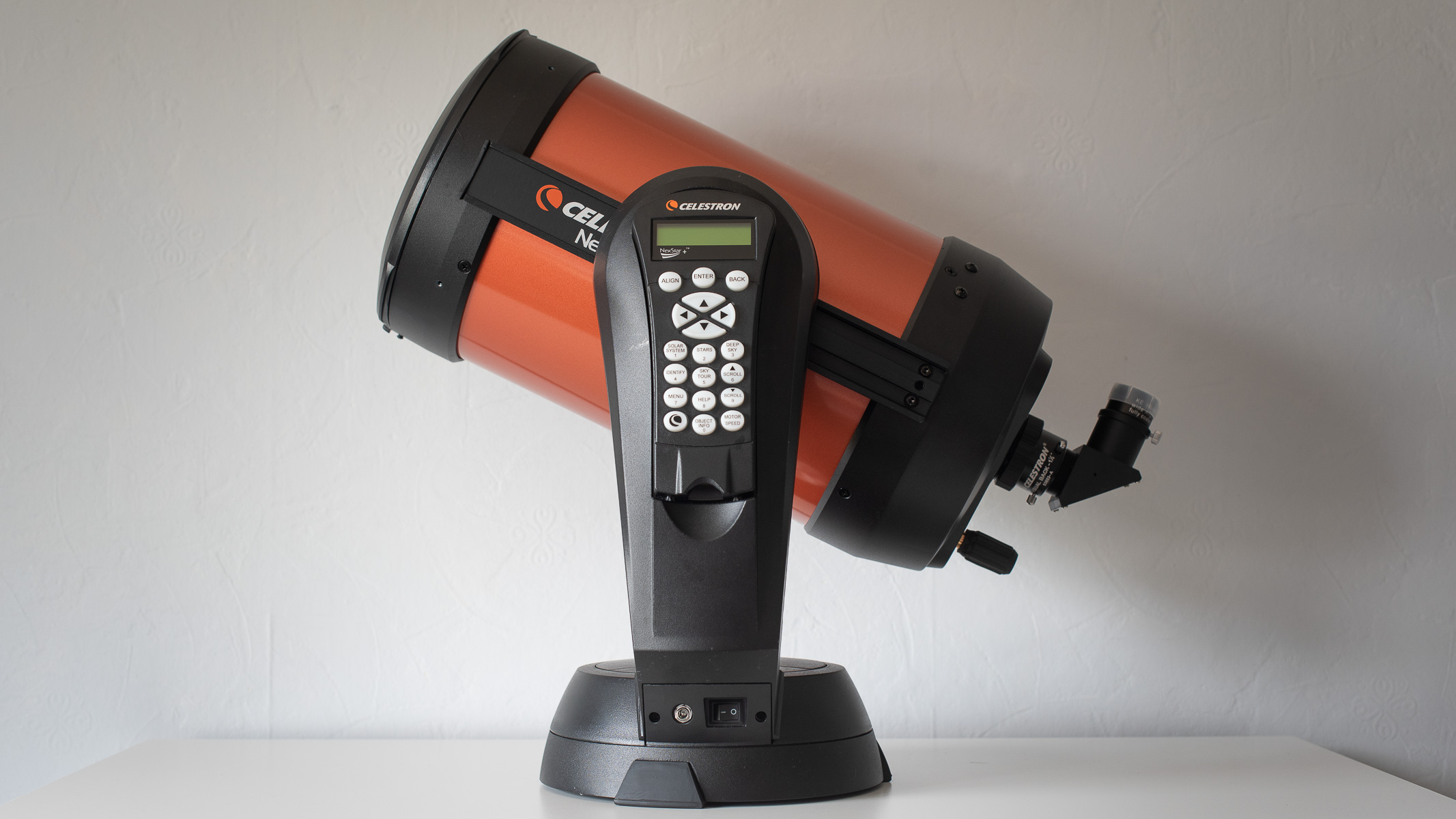
Looking for a telescope to get a better look at the moon? The Celestron NexStar 4SE is ideal for beginners.
To watch a lunar eclipse, simply step outside, look up, and enjoy the view. No special equipment, like a telescope, is necessary. However, binoculars or a small telescope can enhance the experience by revealing details on the moon's surface. Moonwatching is just as captivating during an eclipse as at any other time. If the eclipse takes place in winter, be sure to dress warmly if you plan to stay outside for the entire event, as it can take a couple of hours to unfold. Consider bringing warm drinks, blankets, or chairs for added comfort.
If you hope to snap a photo of a lunar eclipse, here's our guide on How to photograph a lunar eclipse with a camera. And if you need imaging equipment, our best cameras for astrophotography and best lenses for astrophotography have recommendations to make sure you're ready for the next eclipse.
Fancy taking a more in-depth moonlit tour of our rocky companion? Our ultimate guide to observing the moon will help you plan your next skywatching venture, whether it be exploring the lunar seas, mountainous terrain, or the many craters that blanket the landscape. You can also see where astronauts, rovers and landers have ventured with our Apollo landing sites observing guide.
Future lunar eclipses
Upcoming lunar eclipses according to NASA:
Year | Date | Type of eclipse | Visible locations |
|---|---|---|---|
2026 | Mar. 3 | Total | E. Asia, Australia, Pacific, Americas |
2026 | Aug. 28 | Partial | E. Pacific, Americas Europe, Africa |
Lunar eclipse FAQs answered by an expert
We asked meteorologist Joe Rao, a few commonly asked questions about lunar eclipses.

Joe Rao is Space.com's skywatching columnist, as well as a veteran meteorologist and eclipse chaser who also serves as an instructor and guest lecturer at New York's Hayden Planetarium.
How often does a lunar eclipse happen?
This depends on what type of lunar eclipse you are referring to. There are two shadows cast into space by the Earth. A faint outer shadow called the penumbra and a much darker central shadow called the umbra. Penumbral lunar eclipses happen at least twice each year. However, in many cases, the penumbra is so faint that, more often than not, most people completely miss out on noticing it when it happens. Umbral eclipses occur about every 2 or 3 years — sometimes twice in a single year. Since the umbra is dark and well-defined people notice it when the moon moves either partially or completely within it.
How long do lunar eclipses last?
It depends on how deeply the moon penetrates into the Earth's umbra and how far away the moon is from the Earth. When the moon is near its closest point to Earth (perigee) it is moving much faster in its orbit as compared to when it's near its farthest point from Earth (apogee). Generally speaking, in the case of a total eclipse, it can last about three hours: one hour for the moon to move completely into the umbra, one hour for the moon to be completely immersed in the umbra and one hour for the moon to move out of the umbra. Totality can vary from just a few minutes to as long as 107 minutes. In the latter case, the moon moves directly through the center of the Earth's shadow while moving at its slowest in its orbit (apogee).
What's the difference between a lunar eclipse and a solar eclipse?
A solar eclipse occurs when the moon crosses in front of the sun (at new moon). A lunar eclipse is something quite different. It occurs when the full moon passes into the Earth's shadow.
Editor's note: If you capture an amazing photo of a lunar eclipse and would like to share it with Space.com for a story or gallery, send images and comments to managing editor Tariq Malik at spacephotos@space.com.
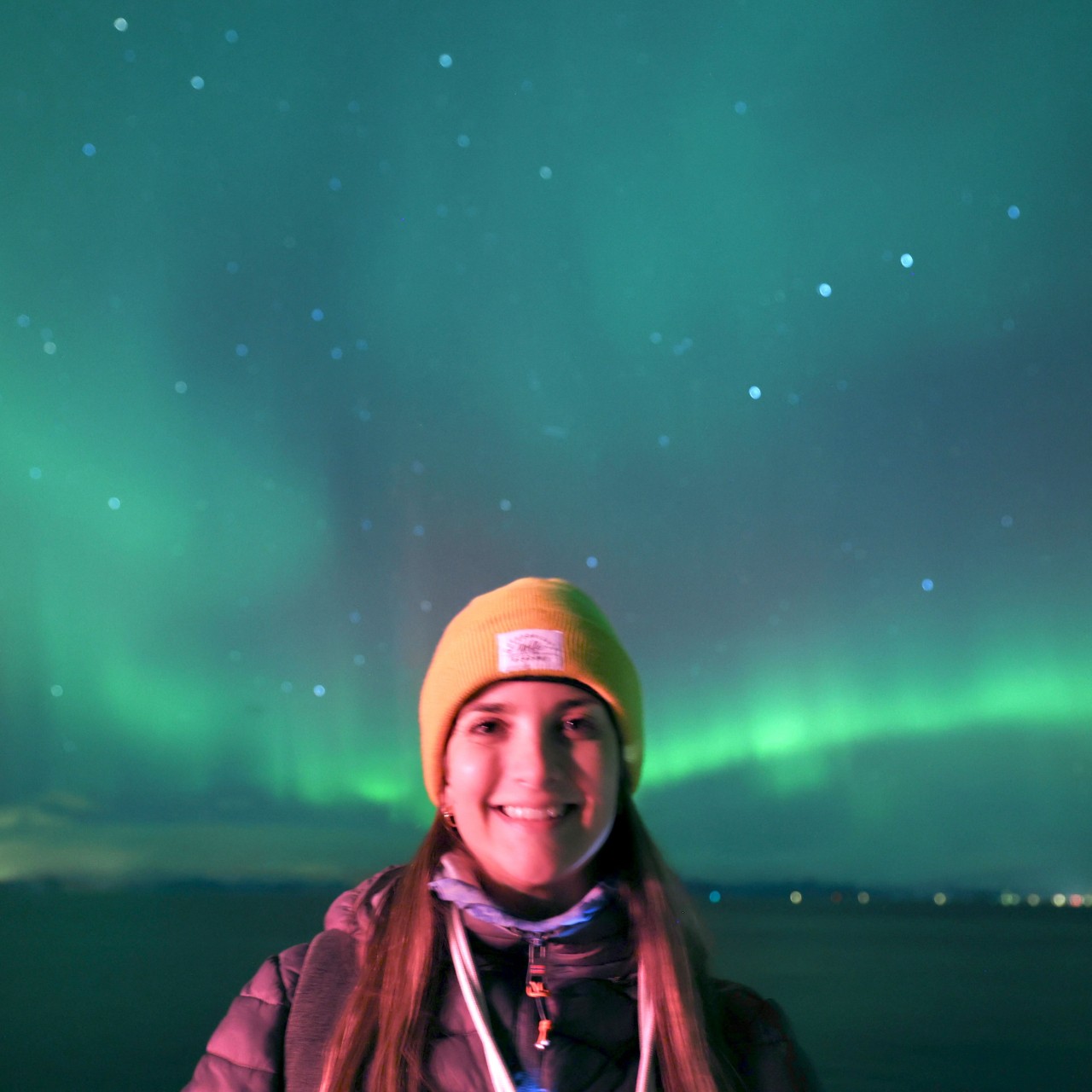
Daisy Dobrijevic joined Space.com in February 2022 having previously worked for our sister publication All About Space magazine as a staff writer. Before joining us, Daisy completed an editorial internship with the BBC Sky at Night Magazine and worked at the National Space Centre in Leicester, U.K., where she enjoyed communicating space science to the public. In 2021, Daisy completed a PhD in plant physiology and also holds a Master's in Environmental Science, she is currently based in Nottingham, U.K. Daisy is passionate about all things space, with a penchant for solar activity and space weather. She has a strong interest in astrotourism and loves nothing more than a good northern lights chase!
You must confirm your public display name before commenting
Please logout and then login again, you will then be prompted to enter your display name.
